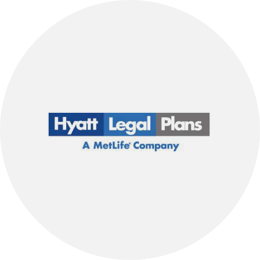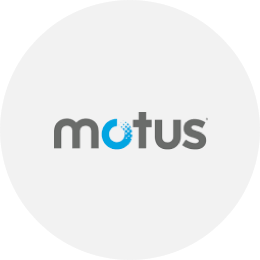401(k) Highlights
The 401(k) Plan helps you build financial security for your future. At JACK we offer the opportunity
for you to make both pre-tax and post-tax (Roth) contributions, and JACK matches your contribution
after one year of service, dollar for dollar up to 4% of your eligible compensation. Charles Schwab
administers the plan. The plan year for the 401(k) is based on a calendar year.
Eligibility
You are eligible to participate in the 401(k) on the first day of the calendar quarter following your
date of hire. You must be at least age 21 to participate. When you become eligible, enrollment
materials be mailed to your home by Charles Schwab.
Contributions
You may contribute up to 30% of your eligible compensation to your 401(k) account (up to the IRS
annual limits established for the calendar year – $19,500 for 2020). If you are age 50 or older, or
will turn 50 during the calendar year, you are eligible to make an additional $6,500 “catch up”
contribution.
Your pre-tax contributions are not taxed until they are distributed from the Plan, which means you
have less taxable income in the year you contribute to the 401(k). You can change, stop or start
contributions at any time.
Additionally, you can make a separate election to contribute a portion of your annual (or quarterly)
bonus into the plan. This allows you the flexibility to contribute more to your retirement savings
when you receive extra income, while keeping your contributions from your regular pay at a comfortable
level.
Your contributions and JACK’s matching contributions to your 401(k) account are always 100% vested,
meaning “you own it.”
401(k) Program Guide
→
COVID-19 Market Volatility Information
→
Contributions
Investments
You can choose from a variety of investment funds available in the plan, or a Target Date Fund which
is a blend of stocks, bonds and short-term investments in a single fund that is allocated based on the
year you plan to retire. You can change your investments at any time.
Here’s how you enroll
Easy One Click Enrollment—With the push of a button, you can enroll in the Plan at a 4% rate with your
contributions invested in a Target Date Fund based on your age.
Easy enrollment is available two ways:
Web: workplace.schwab.com
Schwab Workplace Retirement App: workplace.schwab.com/mobile
If you enroll online, select Register Now and follow the prompts to create your online login. Once
you’re enrolled, you can make changes to your contribution rate and investment elections at any time.
Prefer to make your own elections?
Once you are logged in to your account, select Manage Account > Contributions to choose your own
contribution rate and investment elections when you enroll via workplace.schwab.com or the mobile app.
If you prefer, you can also enroll by calling 800-724-7526 (877-905-2553 para Español) to speak with
Participant Services. Representatives are available from 7 a.m. to 11 p.m. ET, Monday through Friday.

